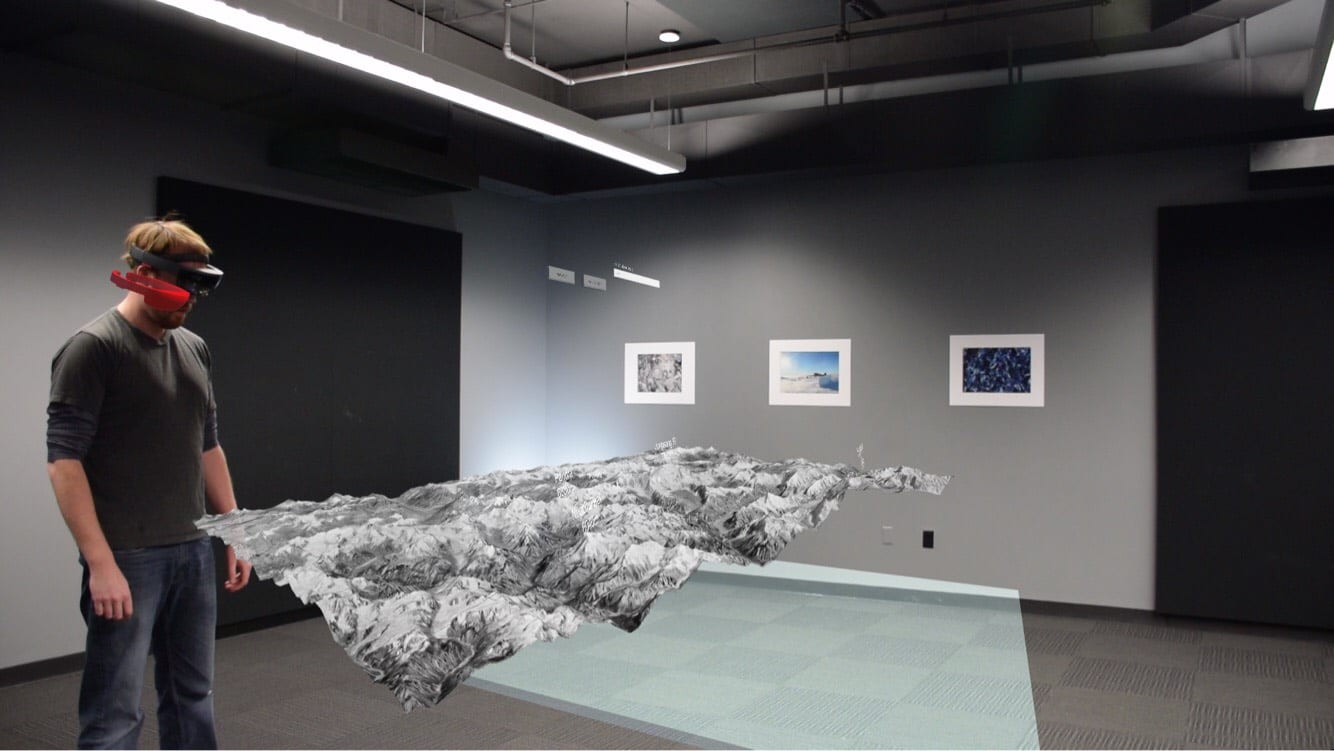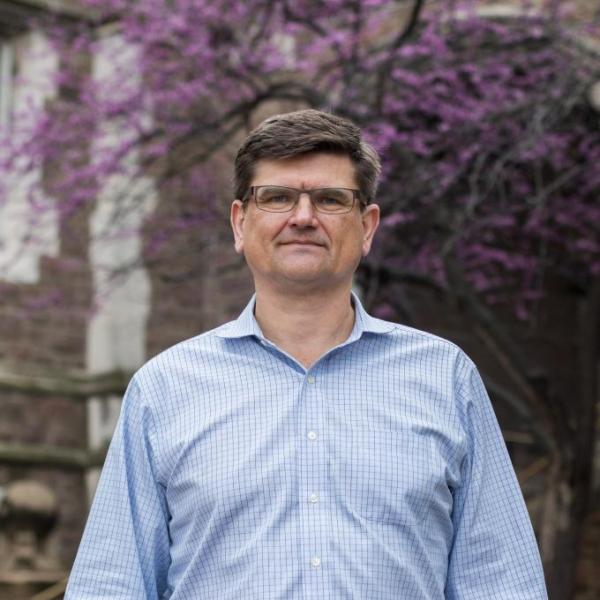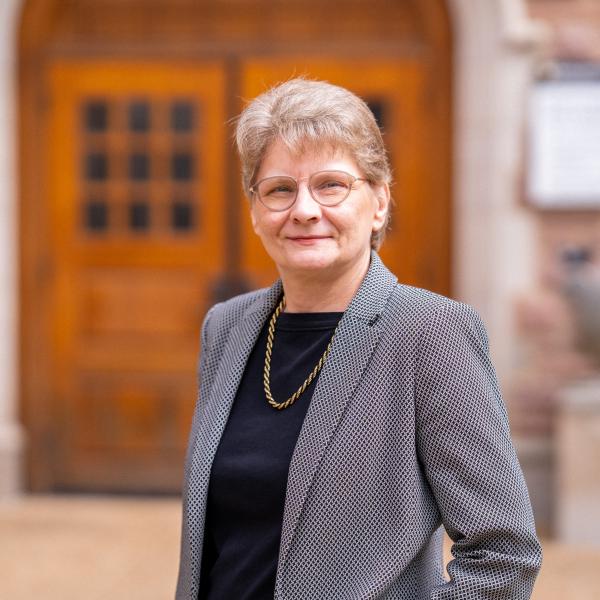From the classroom, can we really experience visual art as if it were right in front of us? Even before the pandemic limited travel options, the study of art and architecture was conducted largely in two dimensions, through images and written accounts. Shantel Blakely, assistant professor in the Sam Fox School of Design & Visual Arts, aims to change that.
In partnership with Arts & Sciences’ Fossett Laboratory for Virtual Planetary Exploration, Blakely is exploring new possibilities for incorporating augmented reality (AR) technology into the classroom. Specifically, she’s looking into the ways in which photogrammetry could be used by architecture professors to create engaging and accurate three-dimensional building models, offering students an interactive way to explore their subjects without ever leaving campus. Blakely will discuss her efforts in an event on Feb. 16, part of Washington University Libraries’ Love Data Week.
So, how does it work?

Photogrammetry is the process of compiling 2D images to create a 3D digital model. Through the efforts of the Fossett Lab, this technology has become an important visualization tool for students in Earth and planetary sciences, allowing students to view and manipulate 3D models of remote geological structures. According to Philip Skemer, professor of Earth and Planetary Sciences and director of the Fossett Lab, the photogrammetry technology and augmented reality tools developed by the Fossett Lab for Virtual Planetary Exploration are available for use by teachers and researchers across Washington University.
Already, Skemer has worked to bring augmented reality tools to the classrooms of faculty across Arts & Sciences, including Kristina Kleutghen, the David W. Mesker Associate Professor of Art History and Archaeology; Robert Mark Morgan, teaching professor of drama in the Performing Arts Department; and Uluğ Kuzuoğlu, assistant professor in the Department of History.
Blakely was introduced to the Fossett Lab's resources by Bill Winston, a GIS analyst in Olin Library's Data Services Group and lecturer in the Environmental Studies program in Arts & Sciences, who also has experience with photogrammetry technology. By collaborating with the Fossett Lab this summer, Blakely hopes to bring photogrammetry into architecture instruction. According to her, the benefits of this technology have largely been ignored in academic settings in architecture.
“In the past, professors teaching the history of architecture have relied on photographic slides—film or glass—and more recently on digital images. These are all 2D, and while the digital images are plentiful, their quality is hit-or-miss,” Blakely explained. “My goal for this summer is to create a prototype for the use of AR visualization of architecture, in pursuit of a more vivid and accurate experience of architectural works for myself and my students, in the classroom setting.”
After she has developed her prototype, Blakely hopes to eventually present 3D models of buildings during lectures, and even bring architecture students to the Fossett Lab to engage with the 3D models.
This interdisciplinary project, made possible by a Teaching Development Grant from the Sam Fox School and technology from the Department of Earth and Planetary Sciences in Arts & Sciences, will be the focus of Blakely’s Feb. 16 talk, “Photogrammetry for Architecture,” which will take place over Zoom. The event is free and open to all, though registration is required.



